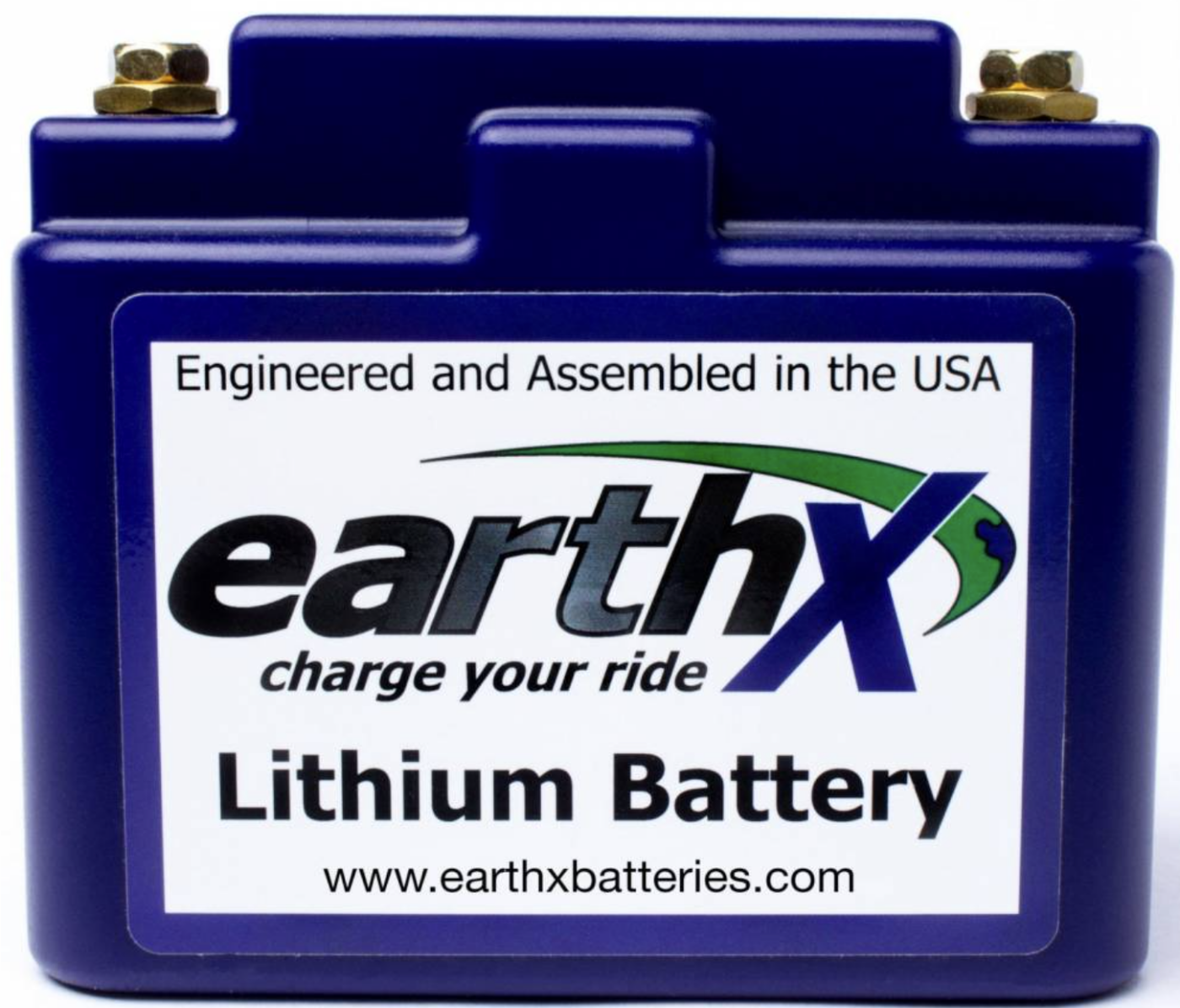
Lithium Battery Test Summary Report
Would you agree with this statement?
Lithium battery transport regulations can be very confusing.
Well starting January 1, 2020 there is likely to be a bit more confusion at least in the short term. New recommendations go into effect as part of the UN model regulations and their manual of testing criteria that will require specific information on a lithium battery test report. Modal agencies such as ICAO, IMDG, and others are set to adopt the standard next year.
Why do we think this will be confusing?
This report format is intended for enforcement agencies who need to access a standard set of information and data when reviewing compliance for lithium batteries and the UN manual of tests and criteria. The new report criteria include all of the essential elements that an agency would need to ensure that batteries themselves are in compliance with the regulations. There is no specific format mandated, but the elements of information must be present and must be presented to the authorities in a timely manner when requested. Just as a reminder, for those of you who might not be familiar with the UN tests for batteries or cells, they replicate conditions in transport, and include tests like an impact test, pressure test, overcharge, test, etc. Those tests can be found here.
UN Manual of Tests and Criteria
| 38.3.1 | Purpose | 424 | |
| 38.3.2 | Scope | 424 | |
| 38.3.4 | Procedure | 429 | |
| 38.3.4.1 | Test T.1 | Altitude Simulation | 429 |
| 38.3.4.2 | Test T.2 | Thermal Test | 429 |
| 38.3.4.3 | Test T.3 | Vibration | 430 |
| 38.3.4.4 | Test T.4 | Shock | 430 |
| 38.3.4.5 | Test T.5 | External short circuit | 433 |
| 38.3.4.6 | Test T.6 | Impact | 433 |
| 38.3.4.7 | Test T.7 | Overcharge | 434 |
| 38.3.4.8 | Test T.8 | Forced discharge | 435 |
So the goal is to have a standard set of data for all to see, regarding the successful passing of these critical tests.
This sounds reasonable enough, right? Rest assured that next year there will be no shortage of people thinking that this report must be included with the transport document. There’s nothing at all that says that but as trainers who have trained over 60,000 people in the last 27 years, we know that consistent information and accurate information can often be lacking in the logistics industry.
Let’s talk first about what information will be required on this report. You can access this through the United Nations website and the UN manual of testing criteria, but here’s a quick snapshot of the regulation contained in 38.3.5 of the UN manual of tests and criteria.
The following test summary shall be made available:
Lithium cell or battery test summary in accordance with sub-section 38.3 of Manual of Tests and Criteria
- (a) Name of cell, battery, or product manufacturer, as applicable;
- (b) Cell, battery, or product manufacturer’s contact information to include address, phone number, email address and website for more information;
- (c) Name of the test laboratory to include address, phone number, email address and website for more information;
- (d) A unique test report identification number;
- (e) Date of test report;
- (f) Description of cell or battery to include at a minimum:
- (i) Lithium ion or lithium metal cell or battery;
- (ii) Mass;
- (iii) Watt-hour rating, or lithium content;
- (iv) Physical description of the cell/battery; and
- (v) Model numbers.
- (g) List of tests conducted and results (i.e., pass/fail);
- (h) Reference to assembled battery testing requirements, if applicable (i.e. 38.3.3 (f) and 38.3.3 (g));
- (h) Reference to assembled battery testing requirements, if applicable (i.e. 38.3.3 (f) and 38.3.3 (g));
- (i) Reference to the revised edition of the Manual of Tests and Criteria used and to amendments thereto, if any; and
- (j) Signature with name and title of signatory as an indication of the validity of information provided.
You can see the required elements listed above and again there’s no specific format that is mandated. The design of this regulation is to streamline communication between battery and cell manufacturers who test the batteries and cells and users of those products, and enforcement agencies who ensure compliance.
To sum up:
- There is no requirement for anyone in the supply chain to furnish this test report to any other partner in the supply chain from a logistics standpoint.
- There is no specific form or format prescribed for this test report.
- You can bet that with the coming of the new year (2020) people are going to start thinking that this is a mandatory transport document; it’s not.
For more information we can provide you with some useful resources at our Knowledge Base Article and you can always call us with technical questions or for advice on what training program you need to stay in compliance.
